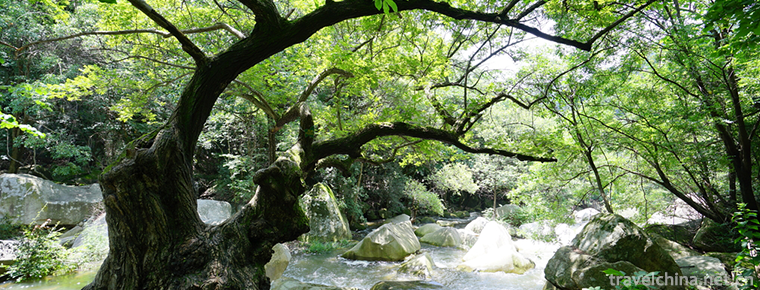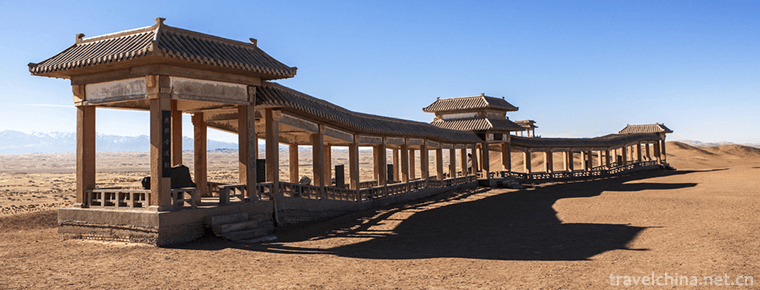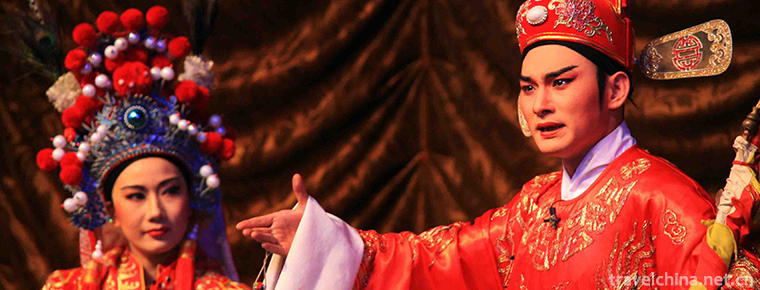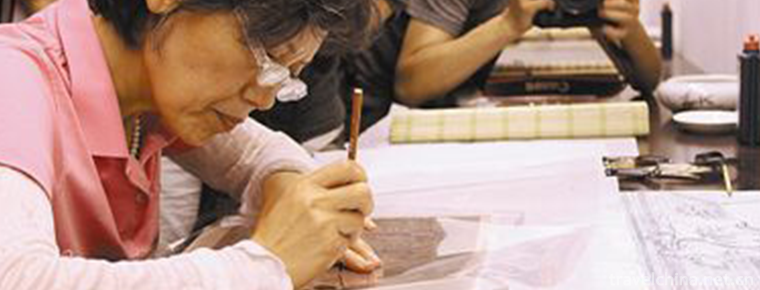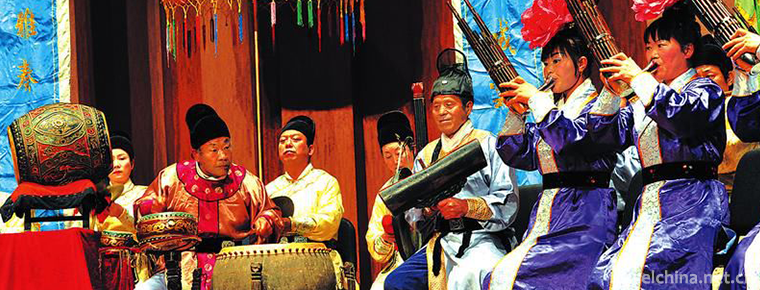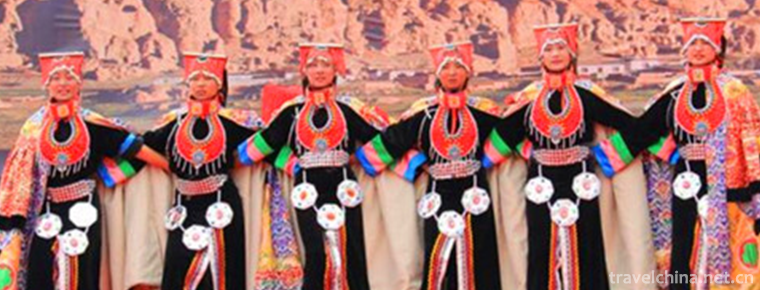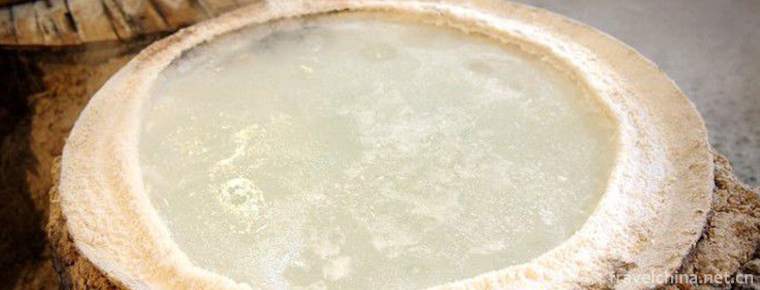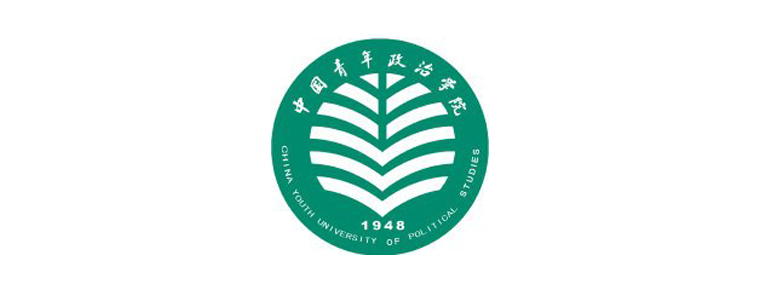Mounting and repairing techniques
Mounting and repairing techniques
The mounting and repairing technique of ancient Chinese characters and paintings is a kind of traditional Chinese handicraft. It is used for restoration and restoration of ancient calligraphy and painting treasures. Many paintings and calligraphy works of the past years have been damaged and broken because of improper preservation, falling off empty shells, or being damp and mouldy due to improper preservation. Most of these damages can be repaired, thus prolonging the life of the calligraphy and painting. This skill belongs to one of the national intangible cultural heritages.
brief introduction
In 2008, the mounting and repairing techniques of ancient calligraphy and paintings were included in 919_-136 items of the Second National List of Intangible Cultural Heritage.
One of the key problems for Chinese painting and calligraphy to be handed down from generation to generation is mounting and repairing. In the process of handing down ancient calligraphy and painting, due to poor collection and preservation, damp and mouldy, dirty, wormy bites, and natural aging of silk and paper will cause holes, decay and fracture in calligraphy and painting. If not repaired in time, it will affect the life and artistic value of ancient calligraphy and painting, and will rot and destroy once, However, the general collectors buy old calligraphy and painting, do not understand the importance of restoring old calligraphy and painting, we should know that ancient calligraphy and painting is a non-renewable work of art, if the restoration is not good, it will greatly discount, and even cause more serious damage to old calligraphy and painting, endanger the life of ancient calligraphy and painting, also weaken the art of ancient calligraphy and painting should have. Value. Today in museums, galleries, auctions and folk collectors, we can see that the ancient paintings and calligraphy of decades and centuries ago are masterpieces repaired and mounted by restorers.
The repair technology of ancient books is also called the binding repair technology of ancient books. Its history is closely related to the development history of books. Repairing damaged old books is a special skill. In order to do binding repair work, we should not only be familiar with the forms and editions of books of different dynasties, but also understand the paper, cover and binding style of each dynasty, and also have skilled skills. Repairing an ancient book often goes through more than a dozen processes, one trick and one style is extremely sophisticated, and the requirements for the personnel engaged in binding and repairing are almost harsh.
Origin
The art of painting and calligraphy mounting has a history of more than 2000 years, from the origin of silk painting in the Warring States Period and silk mural to the basic formation of silk painting axis in the Western Han Dynasty. From the archaeological data, the "Dragon Silk Painting of the Character" unearthed from the Chu Tomb of Hunan Warring States in 1973 provides valuable material for the study of the origin of painting and calligraphy mounting. Its "top horizontal edge is wrapped with a very thin bamboo strip, tied with brown silk rope." Later, on the silk paintings unearthed from No. 1 Han Tomb in Mawangdui, Changsha, it was further found that "a bamboo pole was wrapped around the top of the D-shaped silk paintings, tied with brown ribbons, and two lower corners of the middle and lower parts were all decorated with cylindrical ribbons made of fine linen thread." The above information can push the history of Chinese painting and calligraphy mounting to the Warring States Period more than 2000 years ago.
In the process of handing down ancient calligraphy and paintings, due to poor collection and preservation, dampness and mildew, stains, worms and rats bite, and natural aging of silk and paper will cause holes, decay and fracture in calligraphy and paintings. If not repaired in time, it will affect the life and artistic value of ancient calligraphy and paintings, which will rot and destroy once; However, the general collectors buy old calligraphy and painting, do not understand the importance of restoring old calligraphy and painting; we should know that ancient calligraphy and painting is a non-renewable work of art, if not restored well, it will greatly discount, and even cause more serious damage to old calligraphy and painting; endanger the life of ancient calligraphy and painting, but also weaken the art of ancient calligraphy and painting should have. Value. Today, in museums, art galleries, auctions and folk collectors can see decades, hundreds of years ago, the ancient paintings and calligraphy are repaired by restorers and mounted masterpieces. It can be seen how important the restoration of ancient paintings and calligraphy is to preserve cultural relics. Rehabilitation of ancient calligraphy and painting is a painstaking and delicate work with high difficulty, as well as a complex restoration technique.
Screens were prevalent in Qin and Han Dynasties. Screens were mounted to reinforce and protect them. Later, because of the need to preserve the paintings and calligraphy removed from the old screen, they developed into mounted paintings in a real sense. Hence, mounted paintings appeared in the Han Dynasty. Painting and calligraphy are mounted for protection and beauty. For emperors, they are mounted to show their dignity. In the pre-Qin Dynasty, there was a saying that "being the master, not beautiful or decorative, not enough for the people" (Xunzi Fuguo).


-
Cuiyun Lang Scenic Area
Cuiyun Corridor, also known as "Huangbai Avenue", is a green corridor composed of nearly 10,000 green roads and ancient cypresses. It is the oldest and most well-preserved ancient road traff.
Views: 110 Time 2019-01-06 -
Luxi County Alu Ancient Cave Scenic Area
The Alu Gudong Scenic Area is located in southeastern Yunnan Province, 2 kilometers west of Luxi County Town, Honghe Prefecture, Yunnan Province. "Alu ancient cave" is a Yi language,.
Views: 118 Time 2019-02-06 -
Longtan Valley Ecological Scenic Spot in Xixia
Longtanggou Natural Ecological Scenic Area is located in Shuanglong Town Huashan Village, Xixia County, the hinterland of Funiu Mountains, Henan Province. It is 30 kilometers away from Xixia County.
Views: 218 Time 2019-02-25 -
Yang Guan
Yangguan is the throat of ancient land transportation in China and the only pass along the southern Silk Road. Located in the southwest of Dunhuang City, Gansu Province.
Views: 132 Time 2019-03-03 -
Chao Opera
Chaozhou Opera, known as "Chao Diao", "Chao Yin Opera" and "Bai Zizi Opera", was widely spread in Zhao'an, Yunxiao, Pinghe, Dongshan, Zhangpu and Nanjing of southern Fuji.
Views: 165 Time 2019-04-16 -
Copying and Reproducing Skills of Ancient Calligraphy and Painting
Ancient painting and calligraphy copying technology, the traditional copying technology of Beijing Palace Museum, one of the national intangible cultural heritage..
Views: 238 Time 2019-05-01 -
Xi an Drums Music
Xi'an drum music, also known as Chang'an ancient music. It is a large-scale traditional folk drum music spread in Xi'an (ancient Chang'an) and its surrounding areas for thousands of years. It originat.
Views: 194 Time 2019-06-30 -
Xuan dance
Xuan is the Xiangxiong language. The earliest name used by Yongzhong Ben religion of the ancient Xiangxiong Buddha is "Xuan" dance. Xuan has more profound and profound implications. Xuan is .
Views: 127 Time 2019-07-09 -
Deep Drilling and Drawing Techniques of Salt in Zigong Well
Zigong well salt deep drilling technology, the local traditional technology of Zigong City, Daying County, Sichuan Province, one of the national intangible cultural heritage..
Views: 226 Time 2019-08-16 -
China Youth University of Political Studies
China Youth University for Political Science (China Youth University of Political Studies) is located in Beijing. It is the state-level "Communist Youth League Central Research Center for the the.
Views: 93 Time 2019-12-25 -
Exhibition hall of taipingdu in Chishui
Gulin Taiping ferry, located in Taiping town at the intersection of the upper reaches of Chishui River and Gulin River, is the most important ferry for the Red Army to cross Chishui on the Long March, with an area of about 1.5 square kilometers. The residential buildings of the Qing Dynasty in the ancient streets of the town are well preserved, one after another.
Views: 207 Time 2020-10-16 -
Cheongsam Qipao anecdotes
Helen foster snow is the widow of snow, the author of a journey to the West. This book records his meeting with Mao Zedong in Yan'an cave dwelling period. Helen was only 23 when she first went to Shanghai in 1931. Helen's good friend Polly went all over the United States to.
Views: 158 Time 2020-12-11


